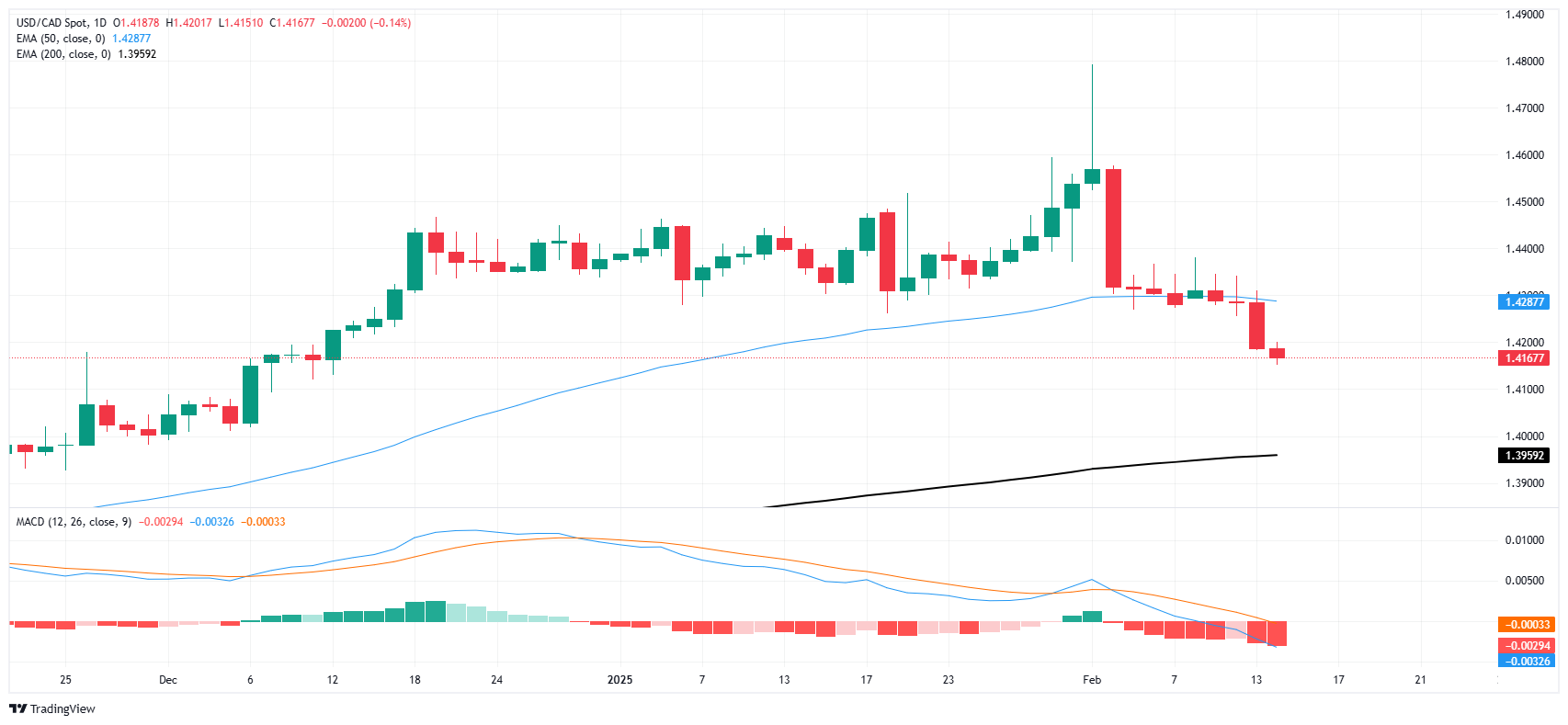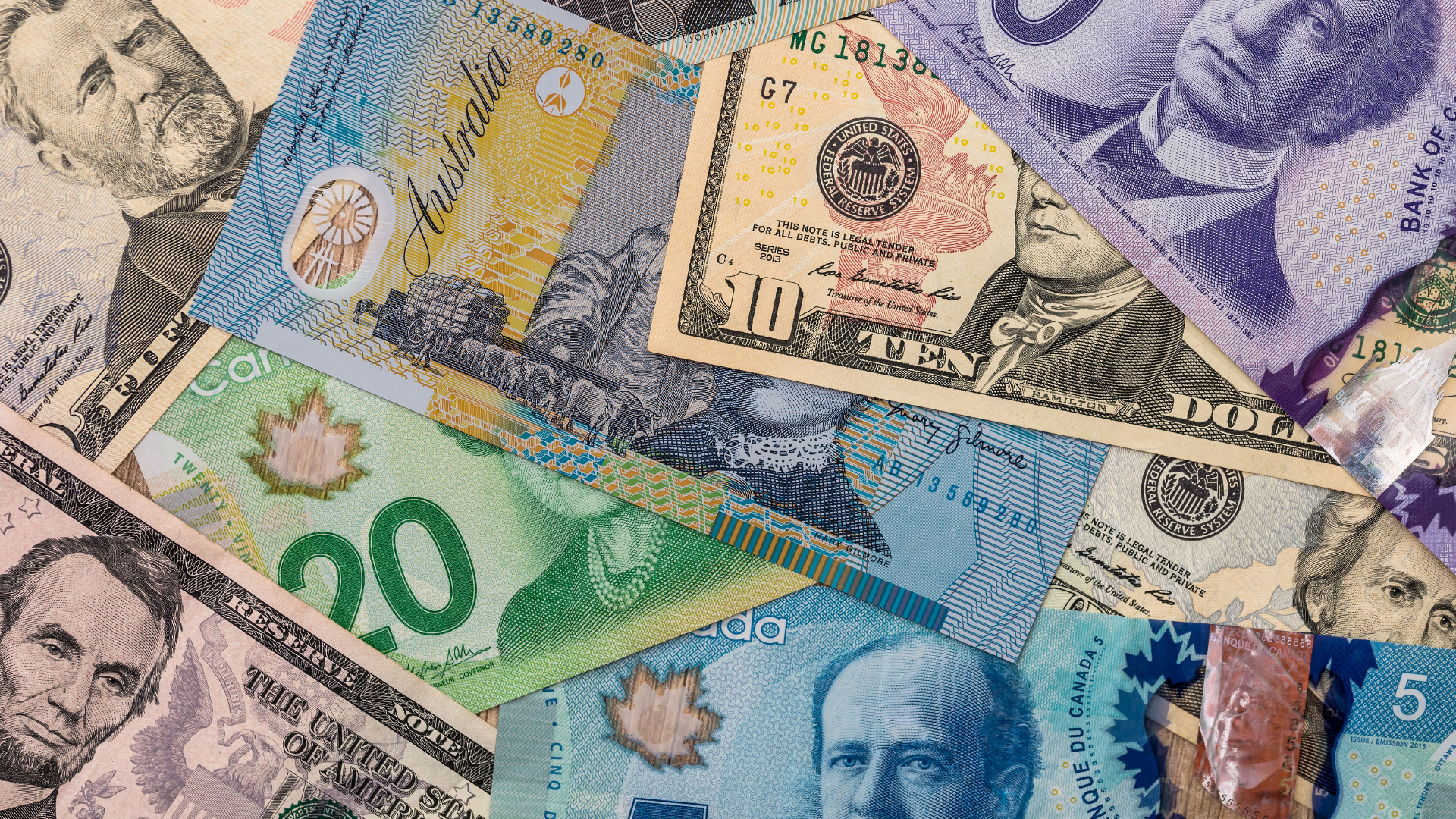The Canadian dollar (CAD) advanced against the US dollar (USD) as weaker US economic data put pressure on the greenback. Investors reacted to soft retail sales figures and slowing economic indicators, fueling speculation that the Federal Reserve may need to reconsider its stance on interest rates.
The US dollar’s decline came as disappointing economic reports raised concerns about slowing consumer demand, a key driver of US growth. With inflation still a concern but economic momentum appearing to fade, traders have begun reassessing expectations for the Fed’s next moves, leading to a shift in currency markets.
Meanwhile, the Canadian economy has shown resilience, with stronger-than-expected domestic data and stable oil prices providing support for the loonie. Rising crude oil prices, a key export for Canada, have helped lift CAD sentiment, as energy markets continue to influence the country’s economic outlook.

USD/CAD 1-D Chart as of February 14th, 2025 (Source: TradingView)
The shift in rate expectations has also played a role in USD/CAD’s movement, with traders eyeing potential policy divergence between the Fed and the Bank of Canada (BoC). While the BoC has remained cautious, signs of a cooling US economy could push markets to anticipate a more dovish Fed stance, further supporting the Canadian dollar.
Despite the CAD’s recent gains, analysts caution that market volatility remains a risk, particularly as investors await further US economic releases. Any stronger-than-expected data could reignite demand for the US dollar, potentially limiting the loonie’s upside in the near term.
For now, the Canadian dollar continues to climb, with traders watching for additional signals from central banks and commodity markets. If the US data trend continues to soften, the loonie could extend its rally, while a rebound in the greenback may test CAD’s recent strength.













